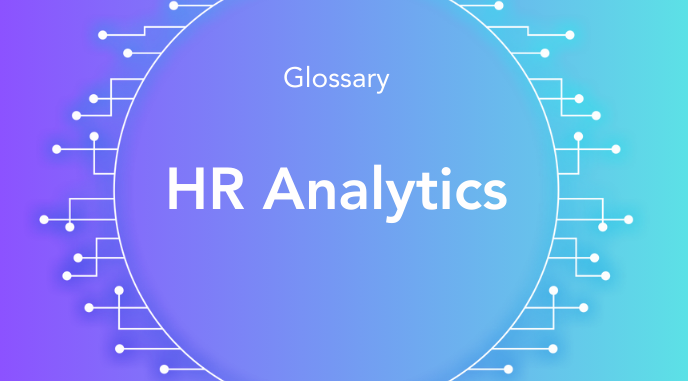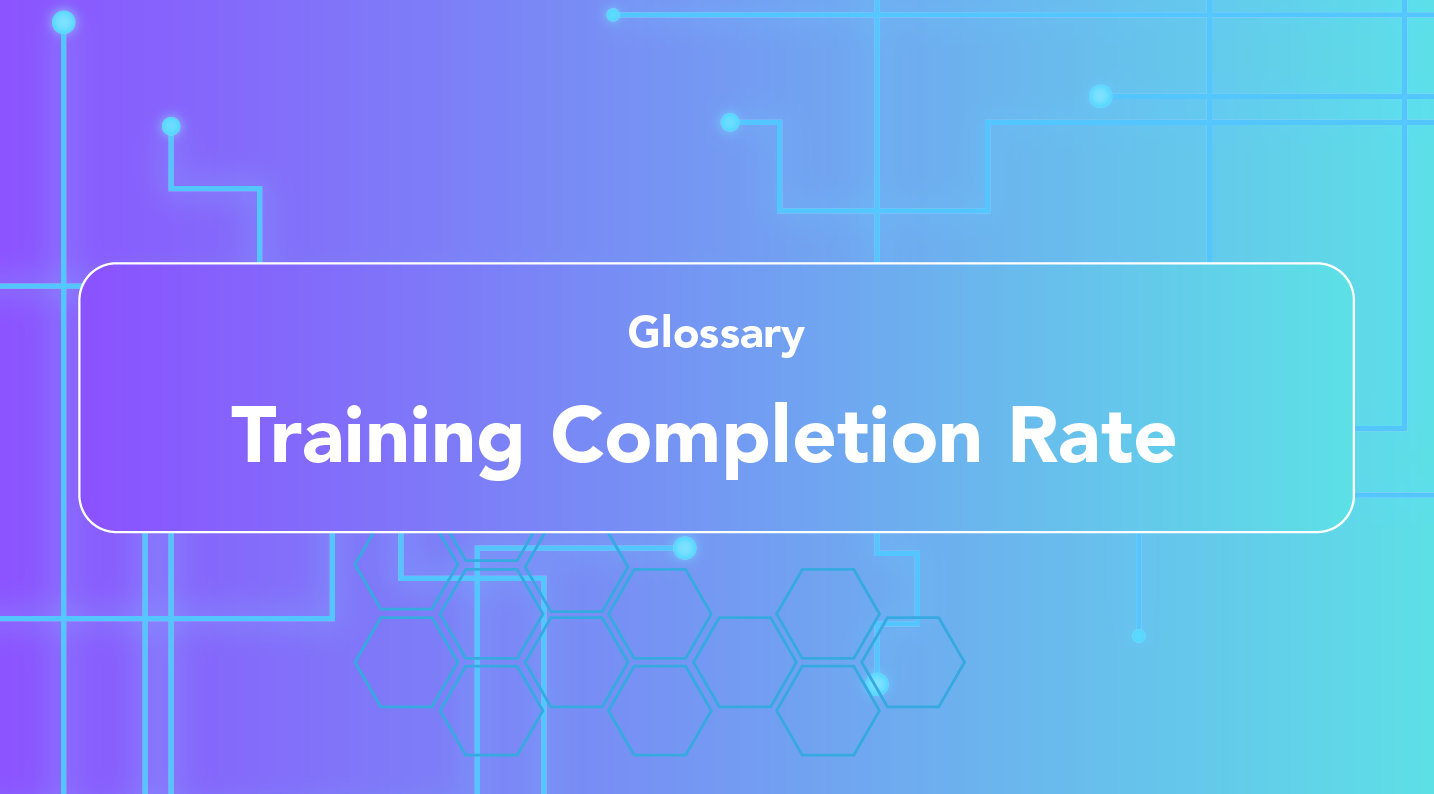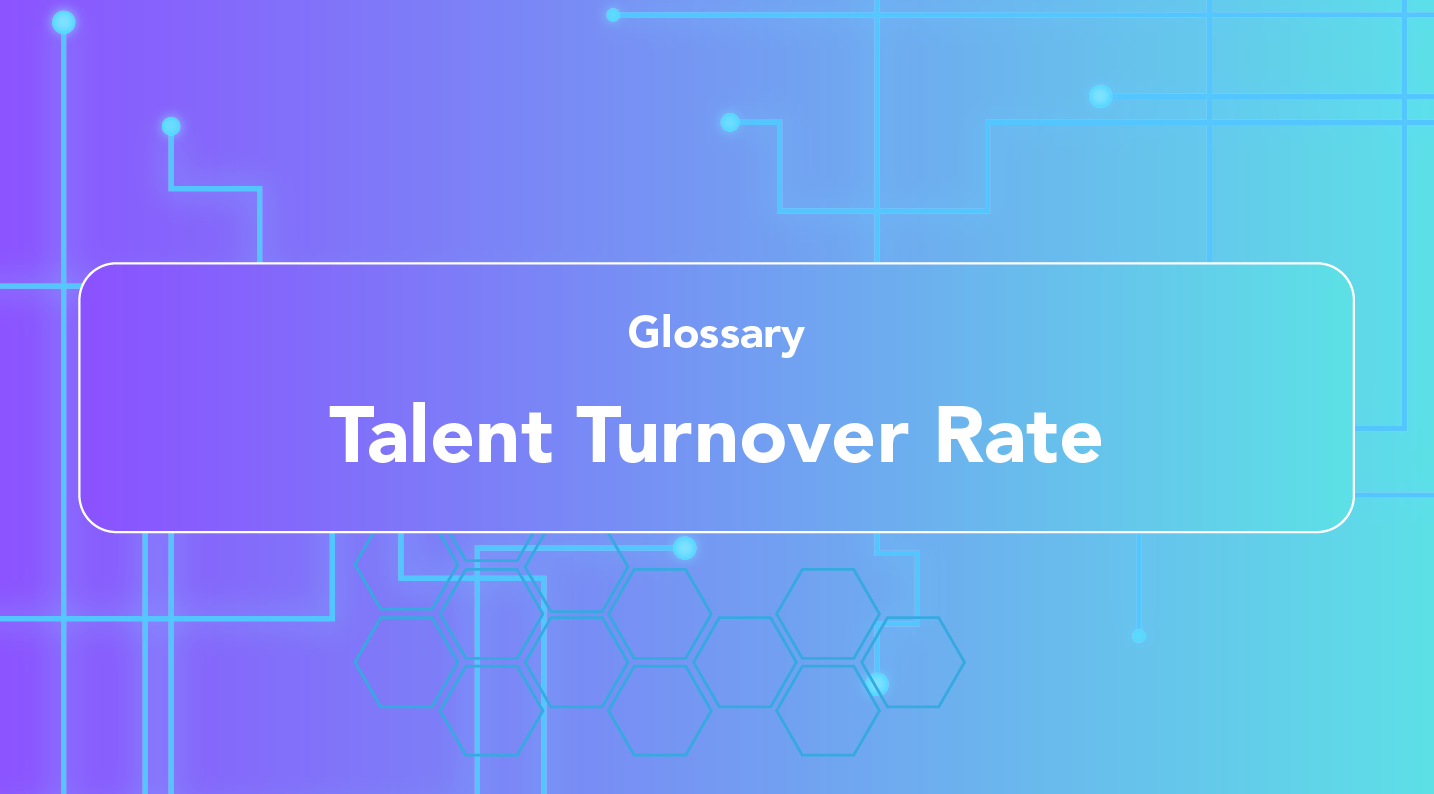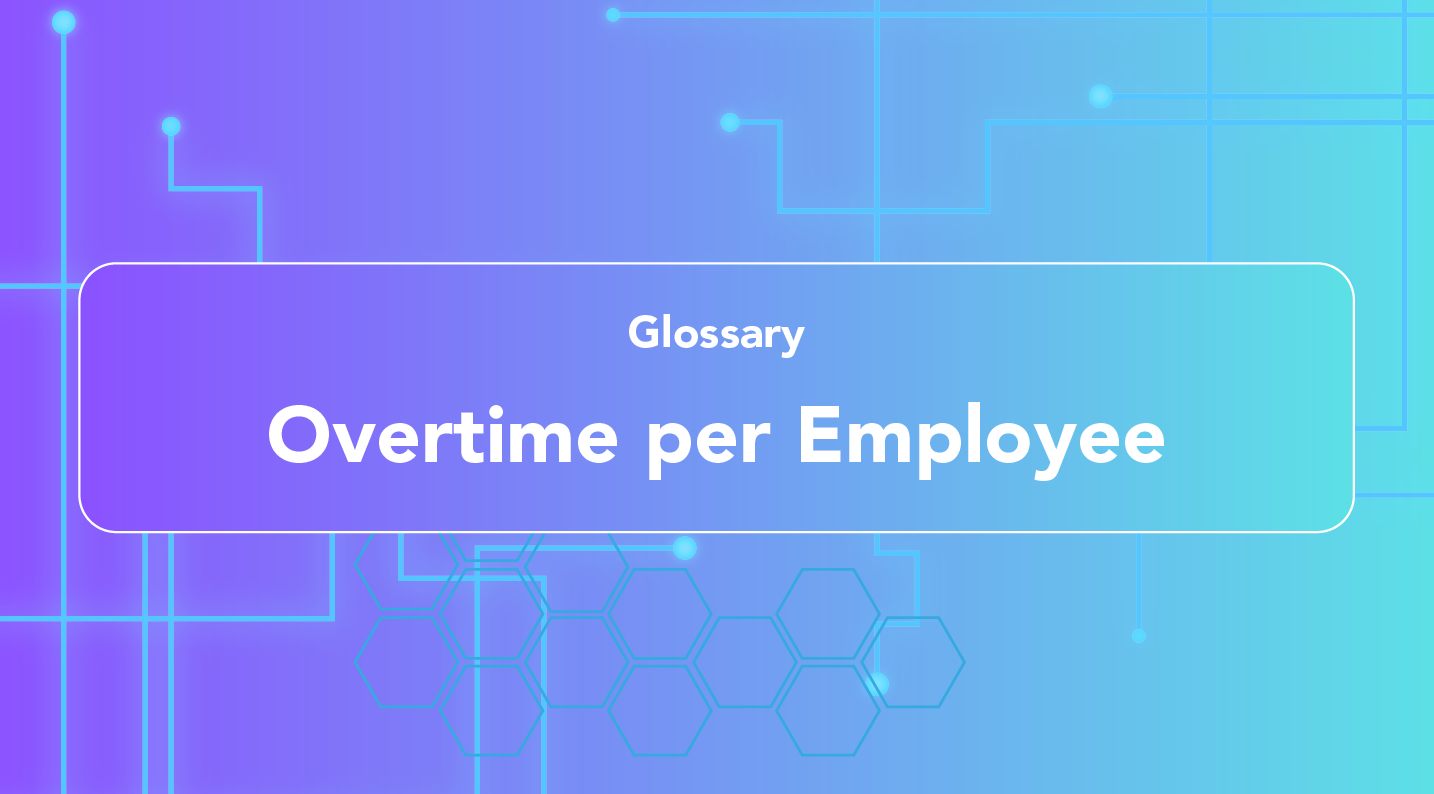- glossary
HR analytics, also known as people analytics or workforce analytics, is the application of data analysis techniques to human resource processes and activities. It involves collecting, analyzing, and interpreting HR data to make informed decisions that improve workforce performance, employee satisfaction, and overall organizational effectiveness. HR analytics is essential for transforming HR practices from intuition-based to data-driven, leading to more strategic and impactful outcomes.
Key Components:
-
Data Collection: Gathering data from various HR systems such as payroll, attendance, performance management, recruitment, and employee engagement surveys.
-
Data Analysis: Using statistical methods and software tools to analyze the data and identify patterns, trends, and correlations.
-
Reporting: Creating reports and dashboards that present the analyzed data in an accessible and actionable format.
-
Decision-Making: Using insights gained from the data analysis to inform HR strategies and decisions, such as hiring, training, compensation, and employee retention.
Applications:
-
Analyzing data to improve hiring processes, reduce time-to-hire, and identify the most effective recruitment channels.
-
Evaluating employee performance metrics to identify high performers, address skill gaps, and tailor development programs.
-
Measuring and analyzing employee engagement levels to implement initiatives that enhance workplace satisfaction and productivity.
-
Identifying factors that contribute to employee turnover and developing strategies to retain top talent.
-
Assessing compensation data to ensure equitable pay practices and competitive salary structures.
-
Predicting future workforce needs and planning for succession, training, and recruitment accordingly.
Benefits:
-
Provides data-driven insights that lead to more informed and effective HR decisions.
-
Streamlines HR processes and identifies areas for improvement, resulting in time and cost savings.
-
Identifies factors affecting employee satisfaction and engagement, enabling targeted interventions.
-
Ensures HR initiatives align with broader organizational goals and objectives.
-
Identifies potential HR risks, such as high turnover rates or compliance issues, allowing for proactive management.

.png?width=50&height=50&name=Team%20HONO%20logo-01%20(1).png)



